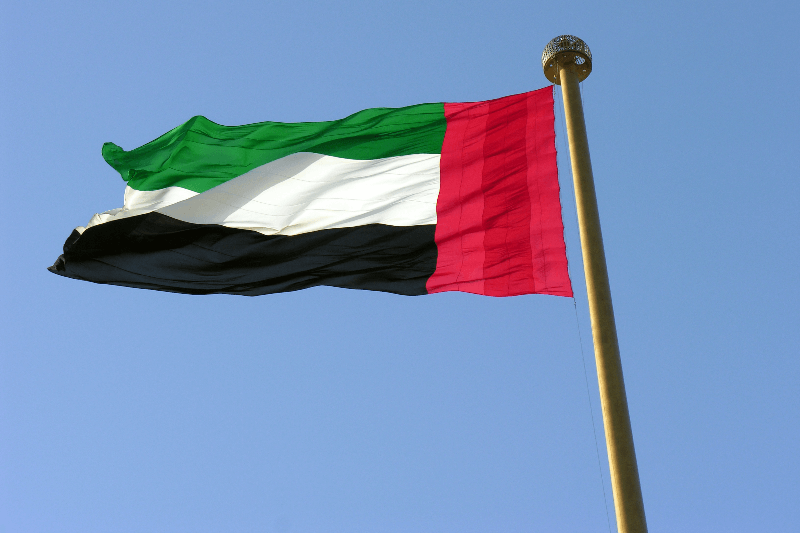UAE 2031: Pioneering Global Connectivity & Innovation in a Fragmented World
In a world increasingly marked by economic fragmentation, protectionism, and shifting alliances, the United Arab Emirates has charted a path that is both bold and future-oriented. Through its strategic “We the UAE 2031” vision, the nation is not only investing in innovation and sustainability but positioning itself as a global nexus of trade, diplomacy, and influence.
For decades, the UAE has demonstrated a masterclass in transformational governance—pivoting from an oil-dependent economy to a diversified powerhouse. But the 2031 strategy represents more than just economic ambition. It reflects a national ethos: resilience through openness, progress through partnerships, and leadership through connectivity.
The Vision Beyond Borders
At the heart of UAE 2031 lies a powerful principle: global connectivity is not just about trade—it’s about shaping the future of global cooperation. The UAE understands that in the current geopolitical climate, where many economies are turning inward, the need for bridge-builders is greater than ever.
The UAE is leveraging its unmatched geographic advantage—strategically positioned at the crossroads of Asia, Europe, and Africa—to create not just physical but also diplomatic trade corridors. Recent collaborations with nations like Romania showcase how infrastructure development can become a tool for deeper intercontinental integration, linking ports, markets, and people in ways that transcend traditional bilateral agreements.
Ports, Diplomacy, and the Infrastructure of Trust
Infrastructure has long been viewed through a purely economic lens. But in the UAE’s strategy, ports and logistics hubs become more than revenue streams—they’re instruments of influence and trust. With state-of-the-art logistics investments and multi-modal trade routes, the UAE isn’t just moving goods. It’s moving ideas, cultures, and collaborations.
These investments become tools of soft power—providing stability in volatile regions, offering reliable partnerships in uncertain times, and signaling the UAE’s intent to lead with purpose.
A Blueprint for Global Trade Resilience
The UAE’s approach counters the global trend of economic insularity. Instead of retreating, it is forging new partnerships, emphasizing trade openness, and embracing innovation at scale. This model challenges the narrative that global fragmentation is inevitable.
By actively building trade corridors and digital alliances that cross regions—rather than being confined by them—the UAE is creating a new model of global diplomacy. One where connectivity replaces competition, and cooperation replaces isolation.
Conclusion: A Future That Includes Everyone
“We the UAE 2031” isn’t just a national roadmap—it’s an invitation to the world. To reimagine how countries can collaborate. To rethink how infrastructure can create shared futures. And to recognize that leadership in the 21st century belongs to those who build bridges, not walls.
As many nations grapple with uncertainty, the UAE offers clarity. As others close borders, the UAE opens gateways. In a time of disconnection, the UAE is connecting the world—not just geographically, but economically, culturally, and strategically.


Comments
Post a Comment